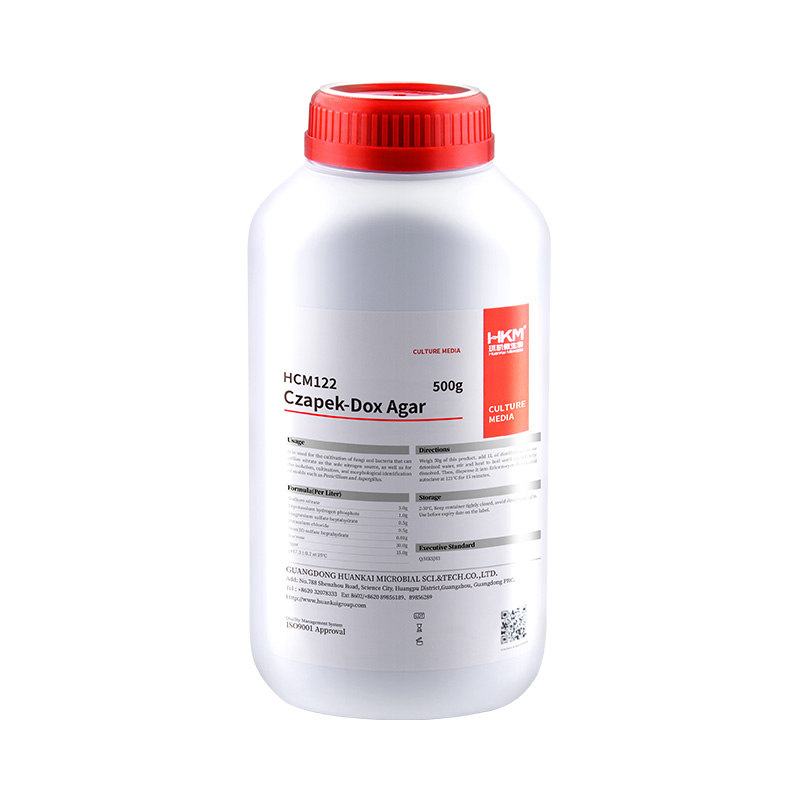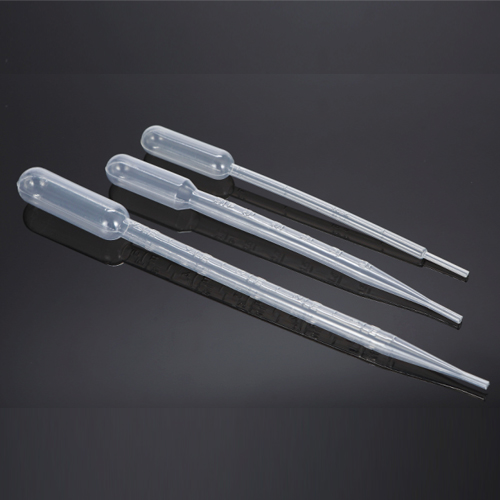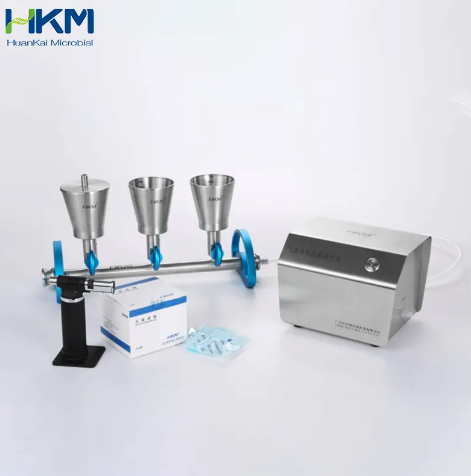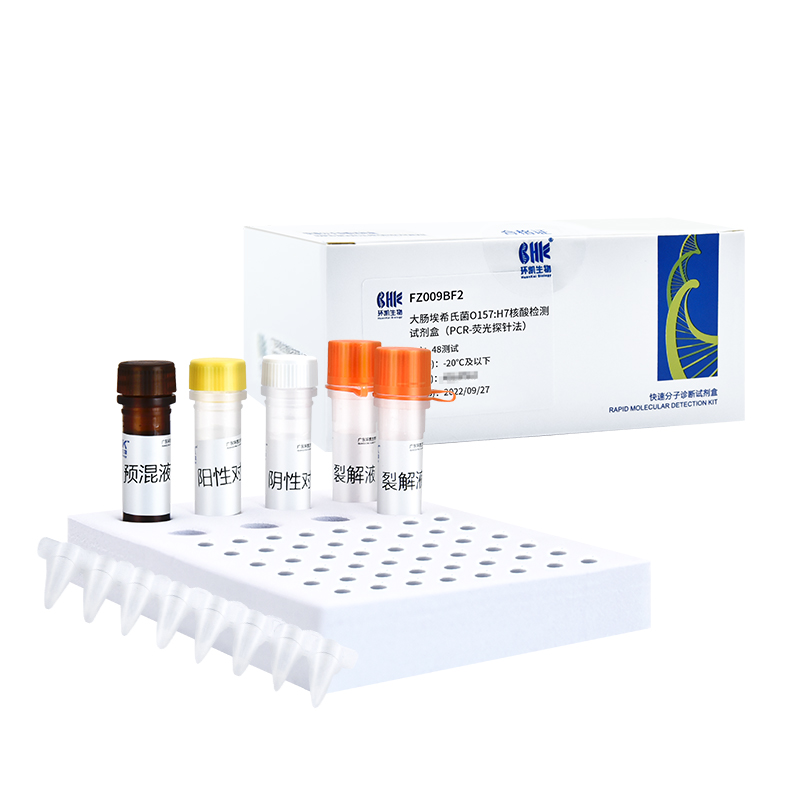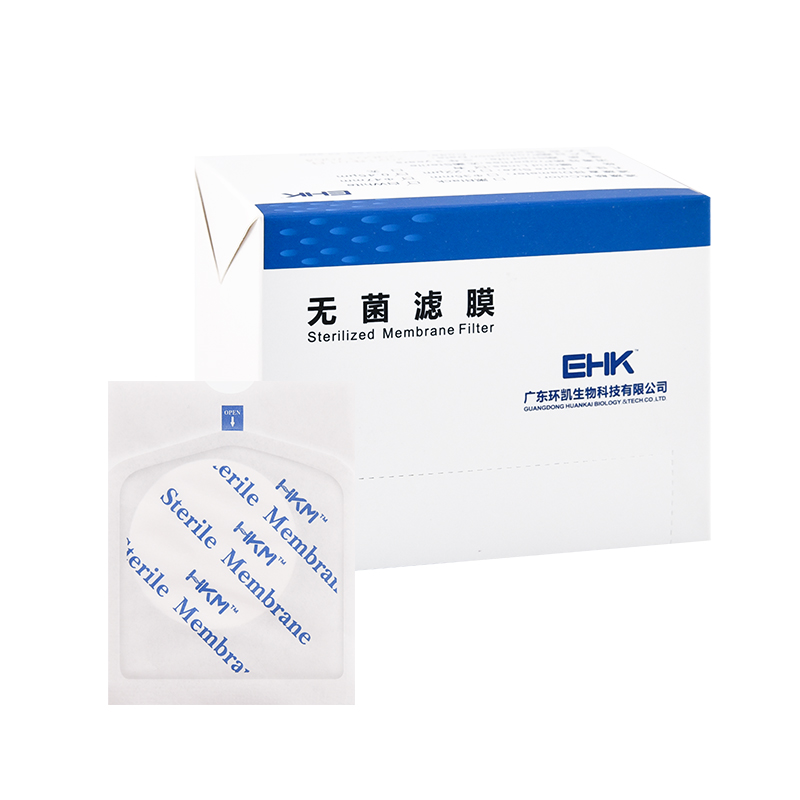HCM122 Czapek-Dox Agar
$26-34
Product No.Product CategorySpecificationHCM122Dehydrated Culture Medium500g/bottle Intended Use It is used for the cultivation of fungi and bacteria that can utilize nitrate as the sole n……
Introduction
| Product No. | Product Category | Specification |
| HCM122 | Dehydrated Culture Medium | 500g/bottle |
Intended Use
It is used for the cultivation of fungi and bacteria that can utilize nitrate as the sole nitrogen source, as well as for the isolation, cultivation, and morphological identification of molds such as Penicillium and Aspergillus.
Principle and Interpretation
Sodium nitrate provides a nitrogen source; dipotassium hydrogen phosphate serves as a buffer; magnesium sulfate, potassium chloride, and ferrous sulfate supply essential ions; sucrose provides a carbon source; and agar is the solidifying agent of the medium.
Formulation
| Ingredients | /liter |
| Sodium nitrate | 3.0g |
| Dipotassium hydrogen phosphate | 1.0g |
| Magnesium sulfate heptahydrate | 0.5g |
| Potassium chloride | 0.5g |
| iron(II) sulfate heptahydrate | 0.05g |
| Sucrose | 30.0g |
| Agar | 15.0g |
| pH7.3±0.2 at 25°C | |
Preparation
Weigh 50 g of this product, add 1 L of distilled water or deionized water, stir and heat to boil until completely dissolved. Then, dispense it into Erlenmeyer flasks and autoclave at 121°C for 15 minutes.
Quality Control
Cultural characteristics observed after incubation at 25-28°C for 5-14 days
| Quality control strains | Approx. Inoculum(CFU) | Expected Results | |
| Growth | Characteristics | ||
| Aspergillus brasiliensis ATCC16404 | 10-100 | Turbid growth | The hyphae are white and the spores are black. |
Page 1 / 2
| Candida albicans ATCC10231 | 10-100 | Turbid growth | Creamy white |
Storage and Shelf Life
2-30°C, keep container tightly closed, avoid direct sunlight. Use before expiry date on the label.
Precautions
1. When weighing the dehydrated medium, please wear masks to avoid causing respiratory system discomfort 2. Keep container tightly closed after using to prevent clumping.
Waste Disposal
Microbiological contamination was disposed by autoclaving at 121°C for 30 minutes.
Revision
On June 14, 2024
References
GB 4789.16-2016 National Standard of the People’s Republic of China – Microbiological examination of food hygiene – Identification of common toxigenic molds.
A. Banerjee, A.K. Banerjee, Assay of Capstan using B. megaterium, Ind. J. Expt. Biol. 26, 641(1988)
